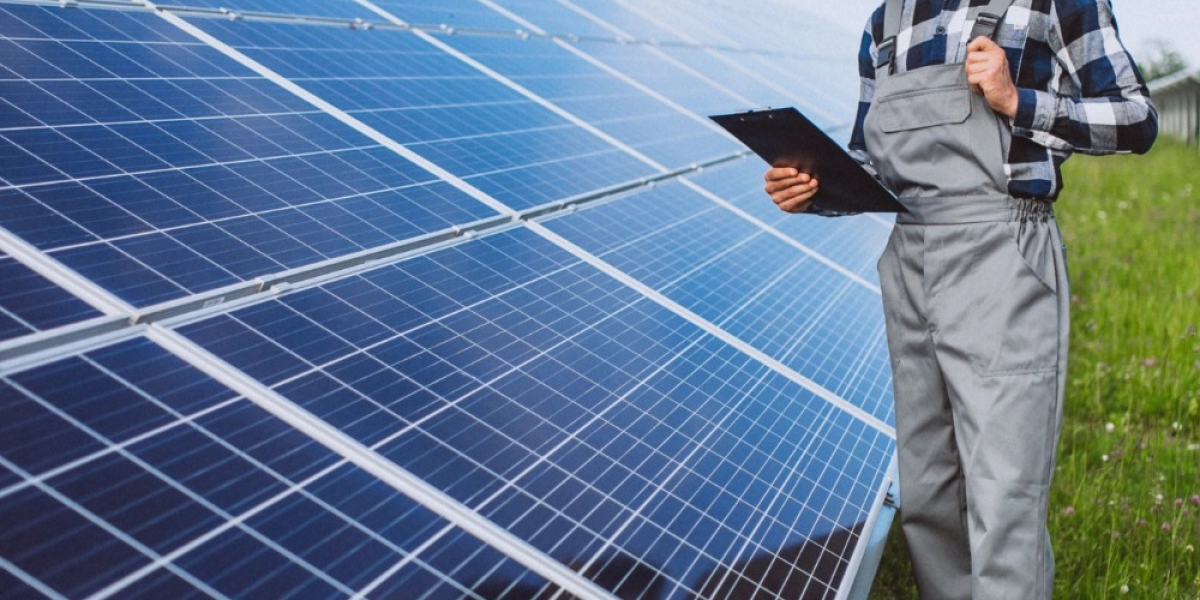The housing market in the United States is changing fast. Rising home prices, growing environmental awareness, and the push for simpler living have sparked massive interest in solar powered tiny homes for sale. These compact, energy-efficient dwellings combine minimalist design with renewable technology, offering homeowners a chance to reduce costs, cut carbon emissions, and embrace sustainability without sacrificing comfort.
But before you start browsing listings or building your own solar-powered retreat, it’s essential to understand what makes these homes so appealing, how they work, and what to look for when investing in one.
What Are Solar Powered Tiny Homes?
A solar powered tiny home is a small dwelling, typically between 100 and 400 square feet, that relies on solar energy for electricity and heating. These homes can be built on foundations or mobile platforms (like tiny houses on wheels), making them ideal for off-grid living or eco-conscious homeowners seeking lower utility costs.
Key features often include:
- Roof-mounted solar panels to generate electricity.
- Battery storage systems for off-grid power independence.
- Energy-efficient insulation and appliances to maximize performance.
- Compact layouts designed for minimalist yet functional living.
Whether you’re looking at solar powered homes for sale in rural areas or tiny house communities near major cities, these dwellings provide a sustainable alternative to traditional housing.
Why Solar-Powered Tiny Homes Are Gaining Popularity
The shift toward solar energy and compact living isn’t just a trend — it’s a lifestyle movement rooted in practicality and purpose.
- Cost Efficiency
Traditional homes come with hefty mortgage payments and rising energy bills. Tiny homes powered by solar energy drastically reduce both. In many cases, owners pay little to no monthly utility costs once their solar investment is paid off. - Environmental Impact
According to the U.S. Department of Energy, residential solar systems can offset over 100,000 pounds of CO₂ over their lifetime. Pair that with the smaller footprint of a tiny home, and you’re looking at one of the greenest living options available. - Mobility and Freedom
Many solar tiny homes are designed on trailers or skids, allowing homeowners to travel or relocate easily while maintaining off-grid independence. This appeals to digital nomads, retirees, and eco-conscious individuals who value flexibility. - Resilience and Self-Sufficiency
In a time of power outages and rising energy costs, generating your own electricity provides peace of mind. Solar panels with battery backup systems keep essential appliances running even when the grid is down.
What to Consider When Buying Solar Powered Tiny Homes for Sale
If you’re ready to explore the market, here are some important factors to evaluate before making a purchase:
- Location and Zoning Laws
Not all cities or states have the same rules regarding tiny homes. Check local zoning regulations and solar access laws to ensure your chosen property is compliant. - Energy System Capacity
A 2–5 kW solar system is typically sufficient for a tiny home, but your exact needs depend on energy consumption, location, and sunlight exposure. Review system specs carefully before buying. - Roof Condition and Orientation
For maximum solar efficiency, ensure the home’s roof structure can support solar panels and is oriented toward optimal sunlight exposure. Roofing quality matters — poor installation can reduce performance and lifespan. - Power Storage and Backup Options
Ask whether the home includes a battery system or if it’s grid-tied. Off-grid solar tiny homes often use lithium-ion batteries for energy storage, enabling full independence from utility providers. - Financing and Resale Value
While tiny homes typically cost less upfront, financing options can be limited. Look for lenders familiar with solar or modular home loans. Additionally, the resale value of a solar-equipped home often outpaces that of standard tiny homes.
Working with professionals experienced in solar real estate, such as the team at mysolarrealtor.com, can help you evaluate property listings, system performance, and ROI before purchase — ensuring your solar investment aligns with your lifestyle and long-term goals.
The Role of Roofing and Solar Design in Tiny Homes
The roof is one of the most critical elements in any solar-powered structure. For tiny homes, it’s even more essential since roof space is limited. Here’s what experts recommend:
- Use high-efficiency solar panels (like monocrystalline modules) to generate more power per square foot.
- Choose a durable roofing material that supports solar mounting without leaks or damage — metal roofs are ideal.
- Incorporate proper ventilation and insulation to reduce cooling costs and improve comfort.
- Integrate aesthetics and function — modern solar shingles and sleek mounting systems maintain curb appeal.
Partnering with roofing or solar professionals ensures your system is installed safely and efficiently while meeting your home’s unique energy demands.
Where to Find Solar Powered Homes for Sale in the USA
Solar powered homes — both tiny and traditional — are popping up across the country. Popular markets include:
- California and Arizona: High solar incentives and abundant sunlight.
- Colorado and Oregon: Communities focused on off-grid and sustainable living.
- Florida and Texas: Rapid growth in solar adoption and tiny home developments.
You’ll find listings ranging from fully off-grid cabins to luxury modular designs that integrate solar panels seamlessly into their architecture.
If you’re searching for curated listings and expert guidance, platforms like mysolarrealtor.com specialize in connecting buyers with solar-equipped homes across the United States — helping you find the right fit based on location, system size, and budget.
Final Thoughts
The growing availability of solar powered tiny homes for sale marks a significant shift toward sustainable living and energy independence. These compact, eco-friendly homes offer freedom from high utility costs, flexibility in lifestyle, and the satisfaction of reducing your environmental footprint.
Whether you’re investing in a mobile off-grid cabin or a permanent solar home, preparation and expert insight are key. With the right research and support, your tiny solar-powered dream home can become a big step toward a greener, simpler future.

















